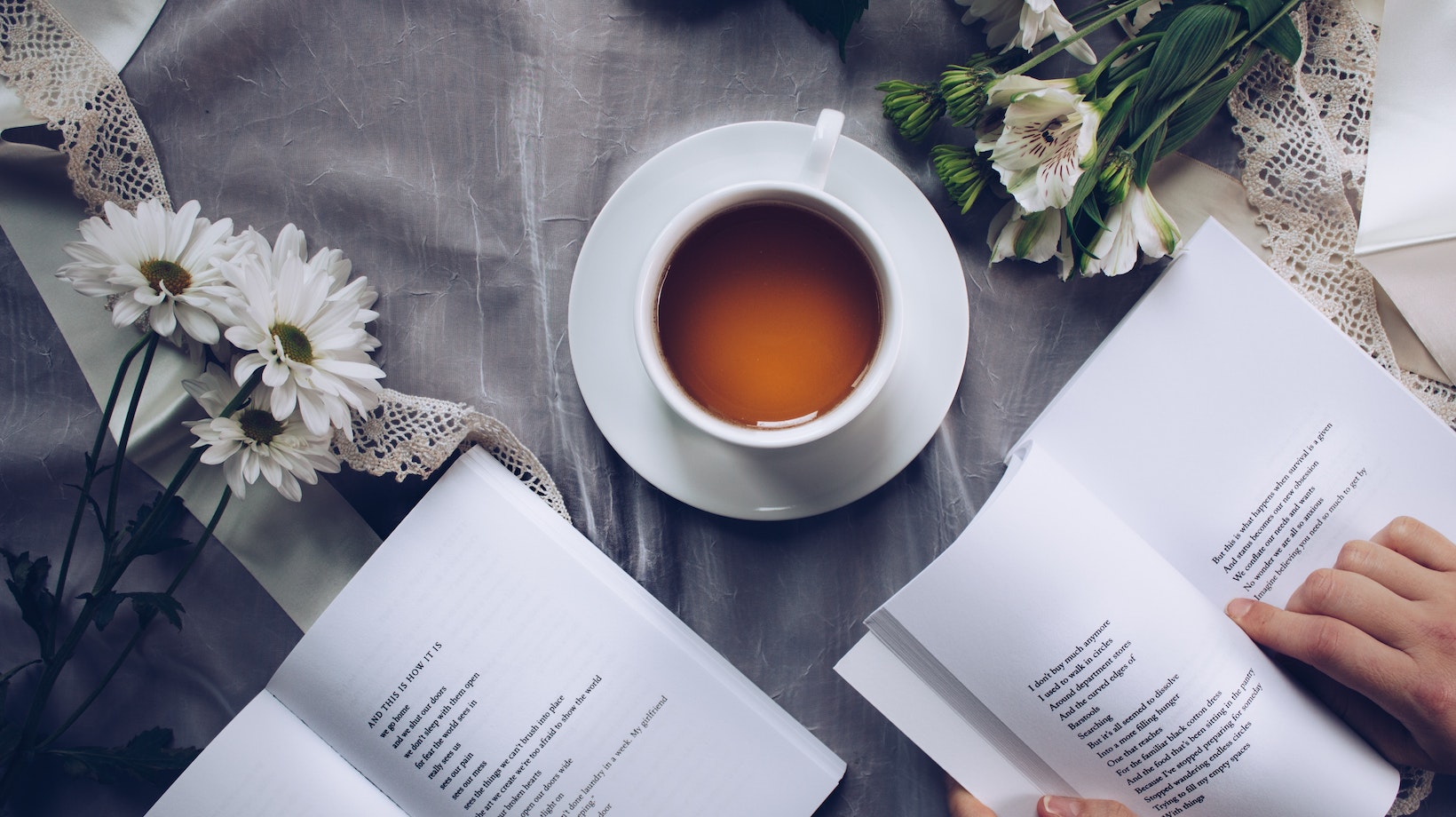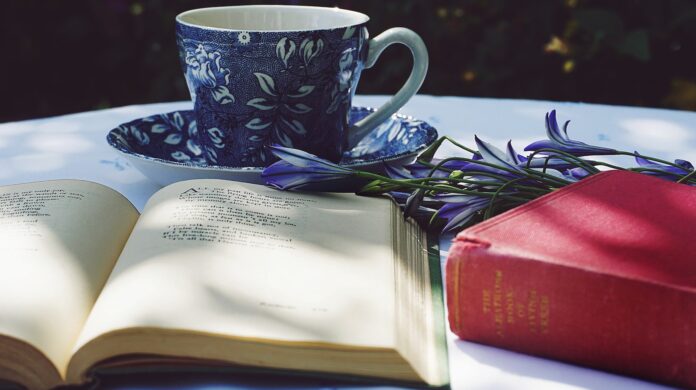What Motif is Addressed in Both Forms of Poetry?
Definition of a Motif
In poetry, a motif refers to a recurring theme or subject that is woven throughout a poem or a collection of poems. It can be a word, an image, a symbol, or even a specific concept that appears repeatedly, adding depth and meaning to the overall work. Just like in other forms of literature, motifs in poetry serve as the building blocks that help convey the poet’s message and create a cohesive and impactful piece of art.
Importance of Motifs in Poetry
Motifs play a crucial role in poetry, as they provide a sense of continuity and unity within a poem or a collection. They act as threads that connect different parts of the work, creating a cohesive and meaningful whole. By repeating certain words, images, or symbols, poets can emphasize their significance and evoke specific emotions or ideas in the reader’s mind.
One of the key reasons why motifs are important in poetry is that they help convey complex emotions and ideas in a concise and effective manner. By using recurring motifs, poets can explore and capture the nuances of human experiences, such as love, loss, nature, or identity. These motifs act as anchors that ground the poem and allow readers to delve deeper into the poet’s intended meaning.
Additionally, motifs in poetry can also serve as a form of symbolism. For example, the motif of a rose often represents love or passion, while the motif of the sea can symbolize the vastness of the unknown. These symbols add depth and layers of meaning to the poem, inviting readers to interpret and engage with the text on a deeper level.
Furthermore, motifs can provide structure and organization to a poem. By repeating certain elements, poets create a sense of rhythm and pattern, which adds to the overall aesthetic appeal of the work. This repetition can also create a sense of familiarity and comfort for the reader, drawing them into the poem and allowing them to connect with the emotions and ideas being expressed.
Motifs in poetry are powerful tools that allow poets to convey complex emotions, create unity within a work, and add layers of meaning through symbolism. By understanding and analyzing these motifs, readers can gain a deeper appreciation for the art of poetry and the messages conveyed by the poets.

Common Motifs in Poetry
Nature and the Environment
One of the most common motifs in poetry is the exploration of nature and the environment. Poets often use vivid descriptions of landscapes, seasons, and natural elements to convey their emotions and ideas. The beauty and power of nature can serve as a metaphor for human experiences, reflecting the complexity of emotions or the cycle of life. By incorporating nature into their poems, poets can create a sense of awe, tranquility, or even unease in the reader.
Love and Relationships
Love and relationships are another prevalent motif in poetry. Poets have been inspired by the universal theme of love for centuries, exploring its various forms, complexities, and emotions. Whether it’s the intoxicating feeling of falling in love, the pain of heartbreak, or the enduring love between friends and family, poets use their words to capture the essence of these experiences. Love and relationships in poetry can evoke a wide range of emotions, from joy and passion to longing and sorrow.
Time and Mortality
The motif of time and mortality is a recurring theme in poetry. Poets often reflect on the transient nature of life and the inevitability of death. They explore the passing of time, the fleeting moments, and the impermanence of existence. By contemplating mortality, poets bring a sense of urgency and reflection to their work. They remind us to cherish the present and contemplate the bigger questions of life. The motif of time and mortality adds a layer of depth and introspection to the poetry, inviting readers to ponder their own mortality and the meaning of life.
Motifs in poetry serve as recurring themes or subjects that add depth and meaning to a poem. Common motifs in poetry include nature and the environment, love and relationships, and time and mortality. These motifs provide continuity, symbolism, structure, and organization to the poems, allowing readers to engage with the deeper messages and emotions conveyed by the poets. By understanding and analyzing these motifs, readers can gain a deeper appreciation for the art of poetry and the universal human experiences it captures.


